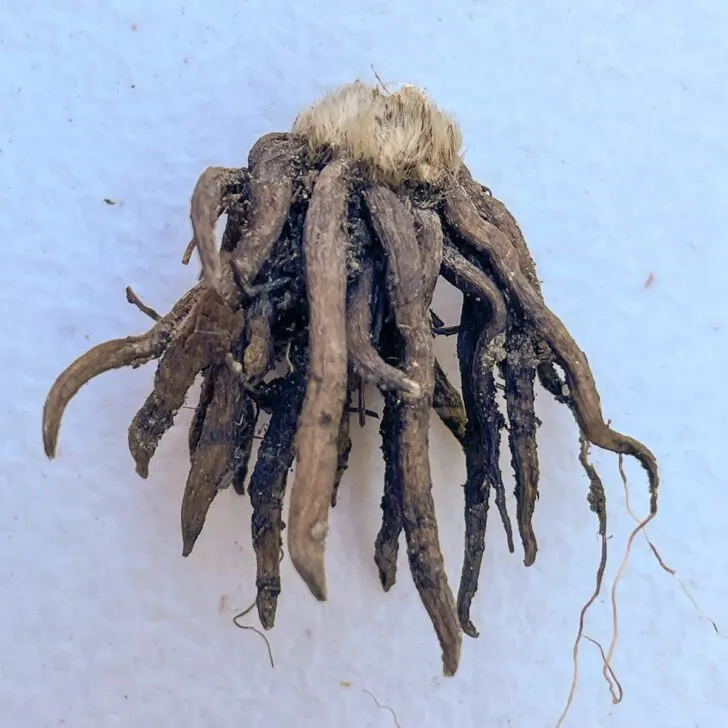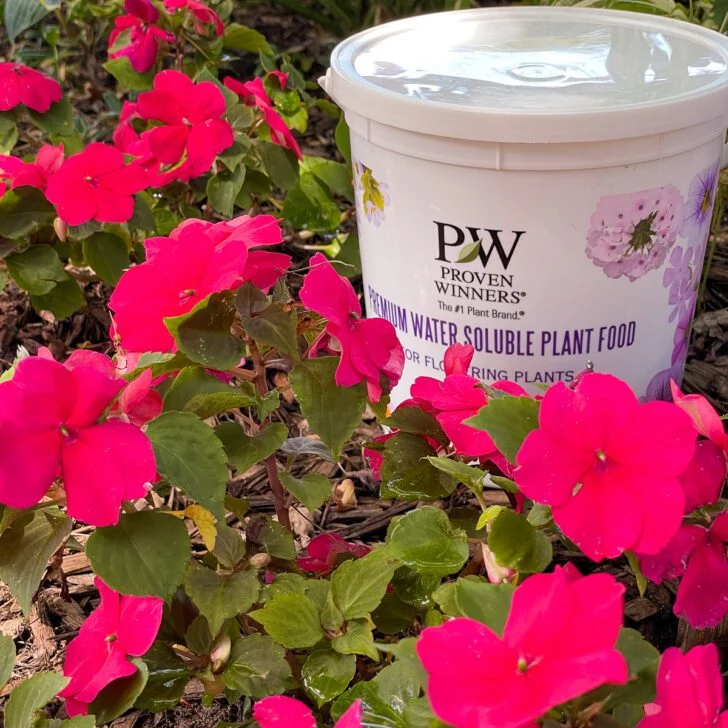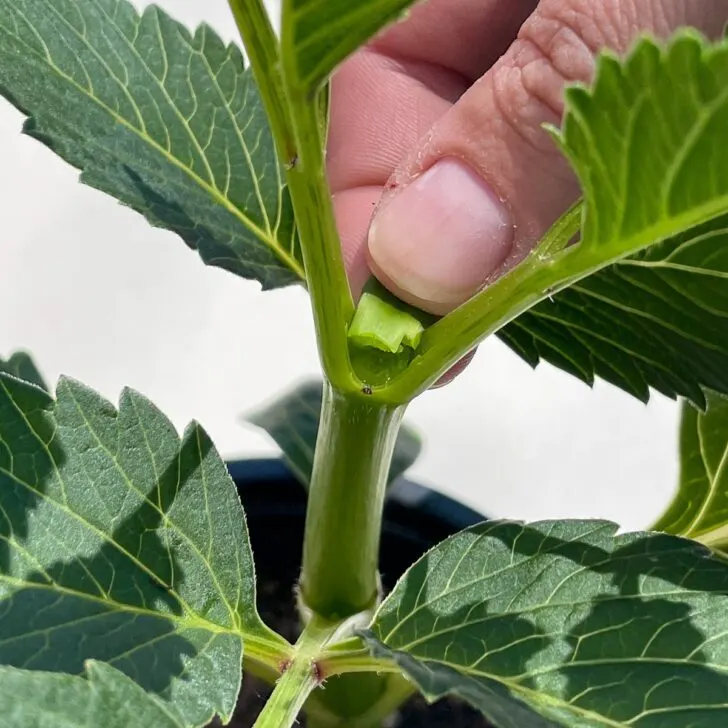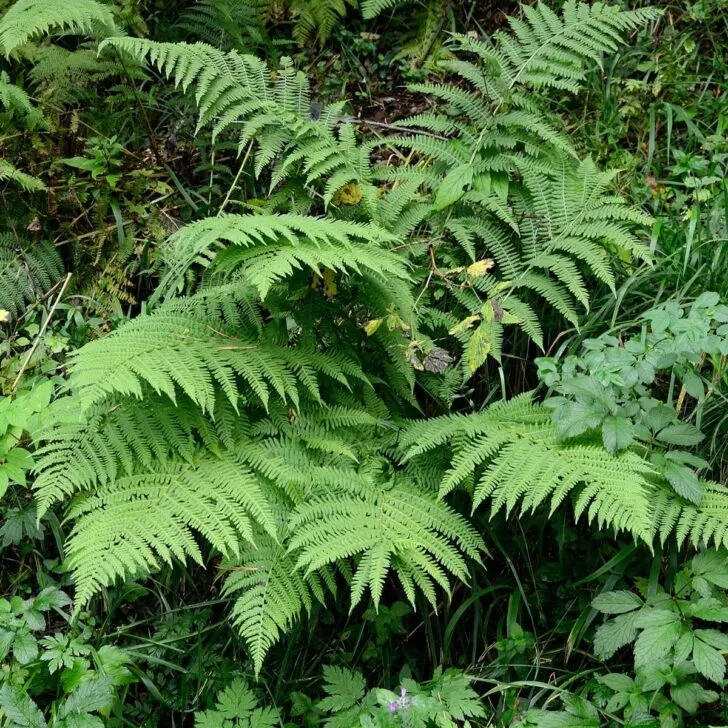Learn how to deadhead snapdragons and keep them blooming all summer long! I'll show you when and how to cut them back for more flowers!
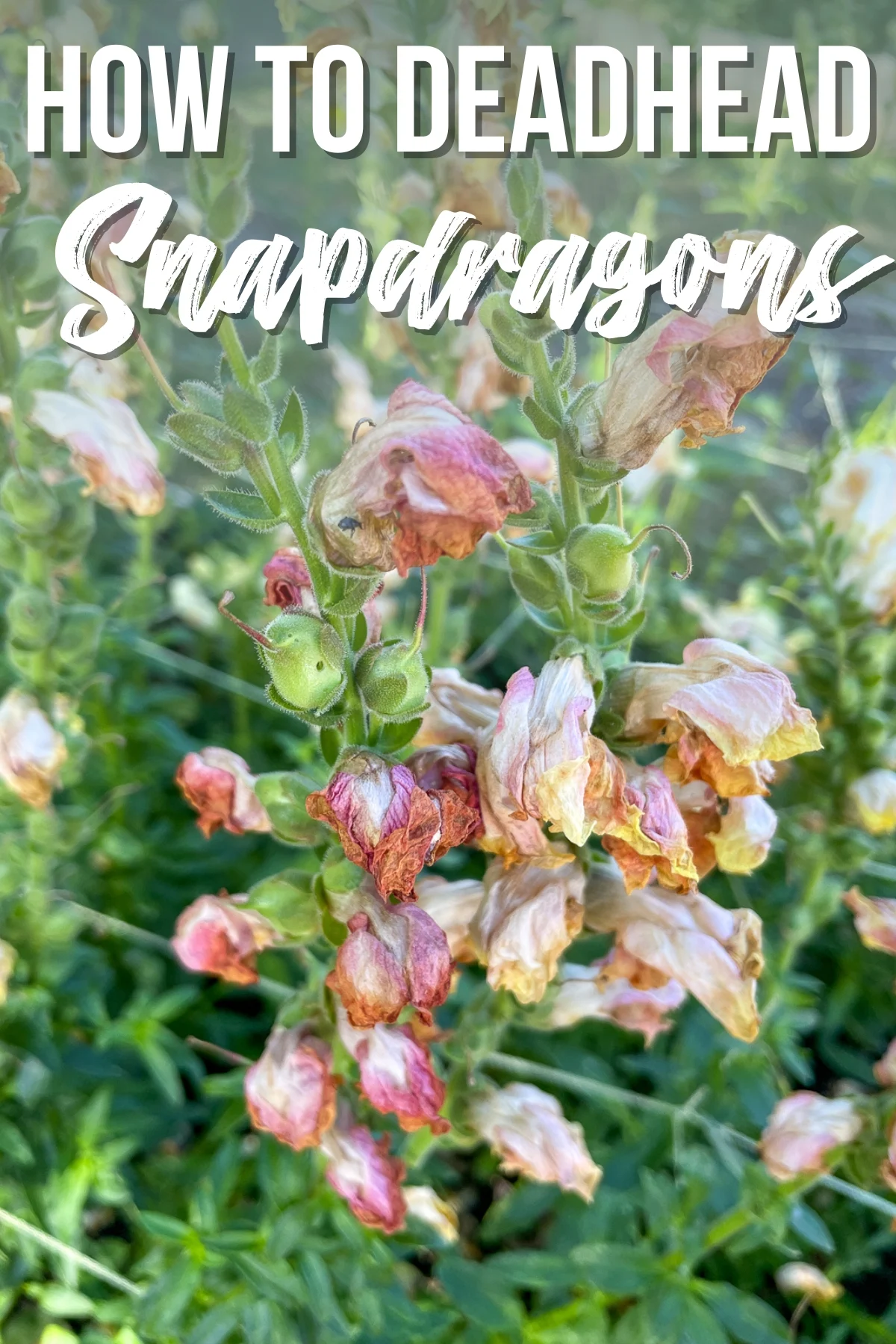
Snapdragons are beautiful and vibrant flowers that can illuminate any garden with their wide range of colors. But what do you do when the blooms fade and shrivel up?
By removing spent flowers before it sets seed, it encourages the plant to produce more. If you cut in the right spot, you'll get two new stems in its place, similar to when you pinch snapdragons early in the season.
In this article, I'll show you how to deadhead snapdragons and how they look a few weeks after the chop!
This post contains affiliate links for your convenience. Purchases made through these links may earn me a small commission at no additional cost to you.
Understanding Snapdragons
I can't get enough of snapdragons! These eye-catching plants add a whimsical touch to any garden with their colorful, tubular flowers that resemble the open mouth of a dragon. They bloom from spring to fall, attracting pollinators like bees and hummingbirds.
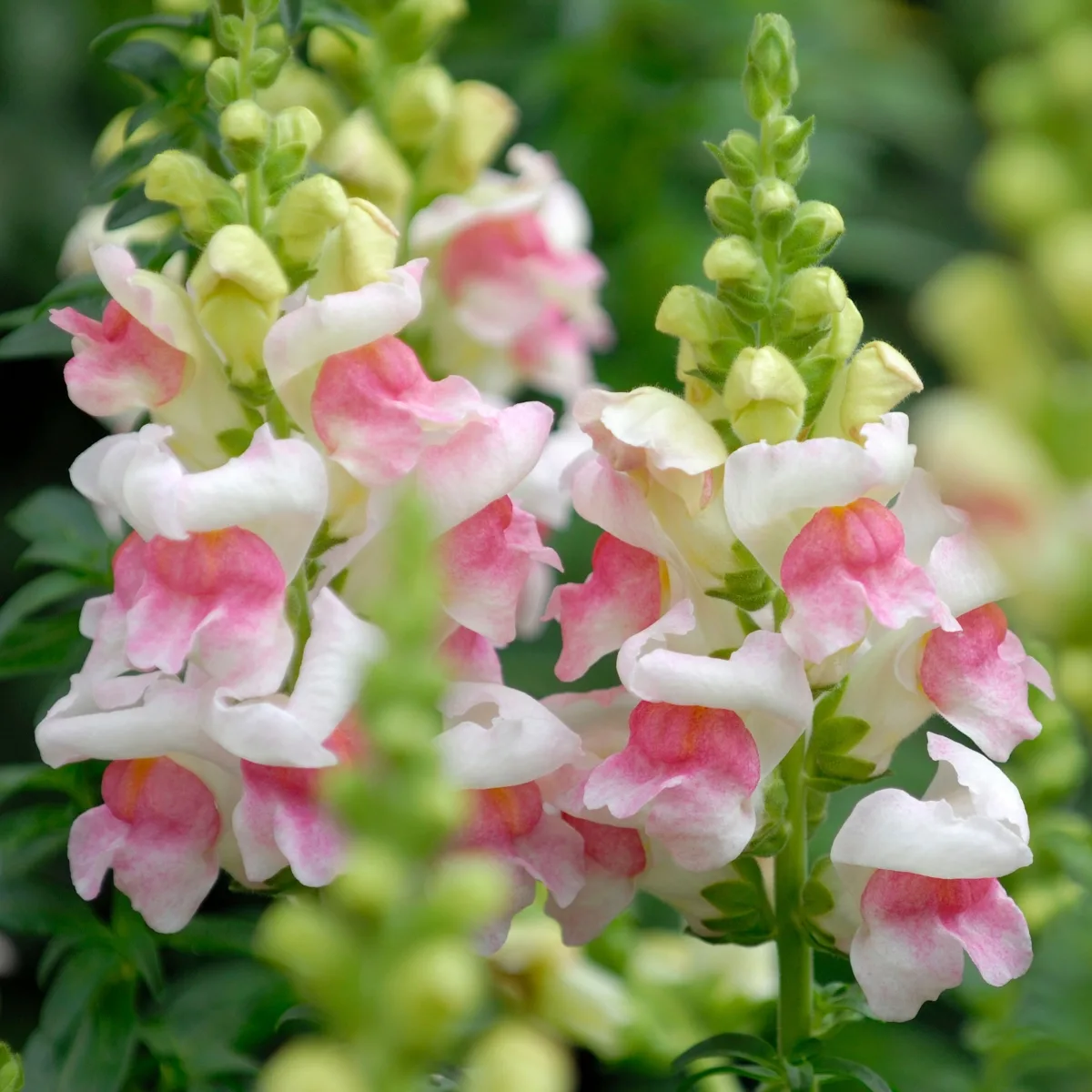
Snapdragons are classified as annuals or short-lived perennials, depending on their variety and climate. Most of us grow them as annuals, so we need to replace them every year.
Luckily, it's really easy to grow snapdragons from seed, so you can plant dozens of them in your garden for just a few dollars.
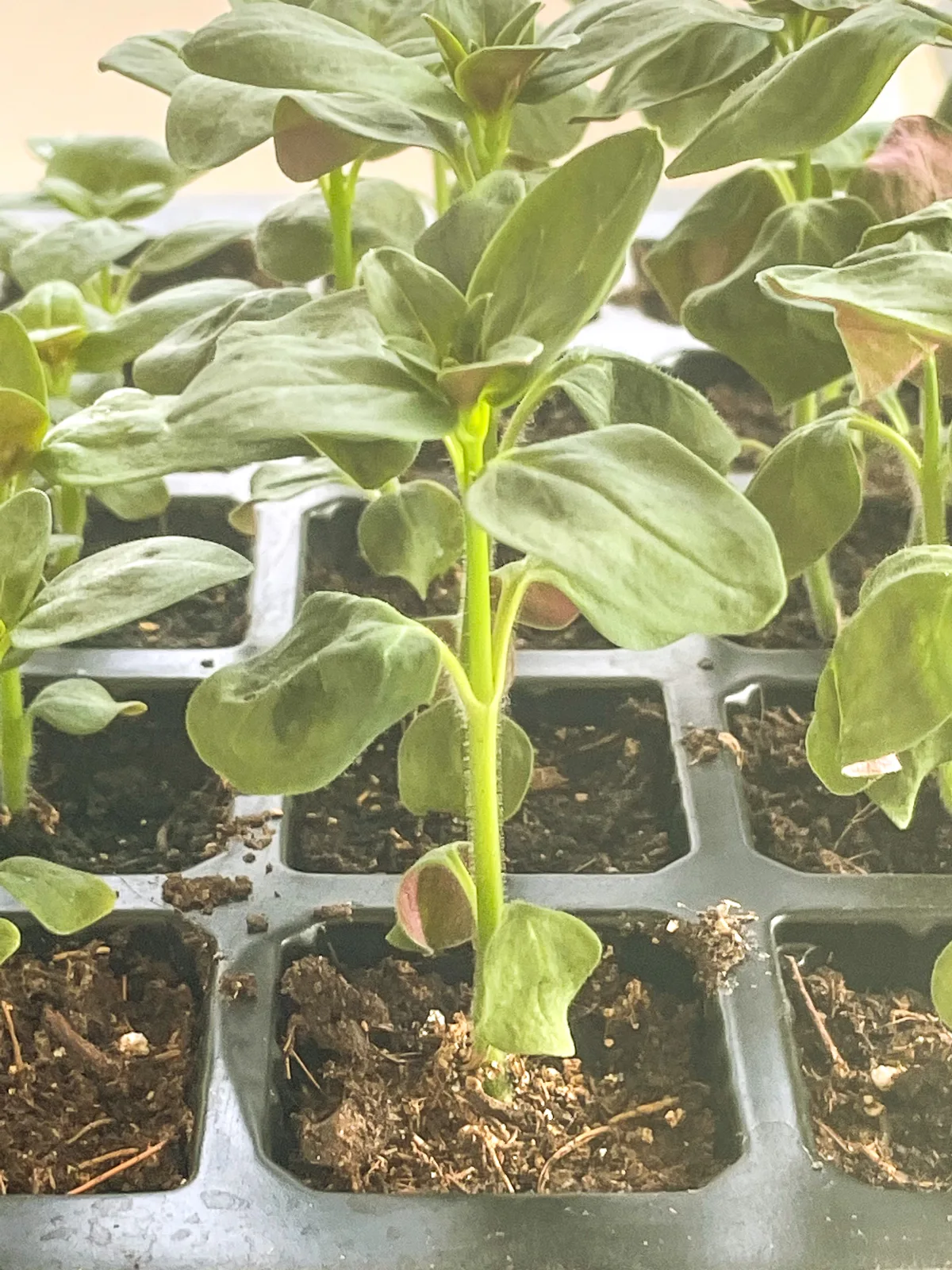
If you don't deadhead your snapdragons, they'll produce seeds instead of more flowers. If they get to this stage, they will stop blooming. While it can be worthwhile to save your snapdragon seeds at the end of the season, you'll want to keep the flowers coming for as long as possible.
When to Deadhead Snapdragons
Snapdragons start blooming from the bottom of the stalk of buds and work their way up. If you want the longest vase life, cut your stems when just the first few flowers are open. The rest will open in your bouquet, giving you about a week of beautiful color!

I typically harvest one bouquet of snapdragons a week and leave the rest for the bees and neighbors to enjoy. Then I'll deadhead the flowers that bloomed the previous week to keep them growing.
But we went away on vacation for over two weeks, and came back to an entire raised bed of snapdragons in serious need of deadheading!
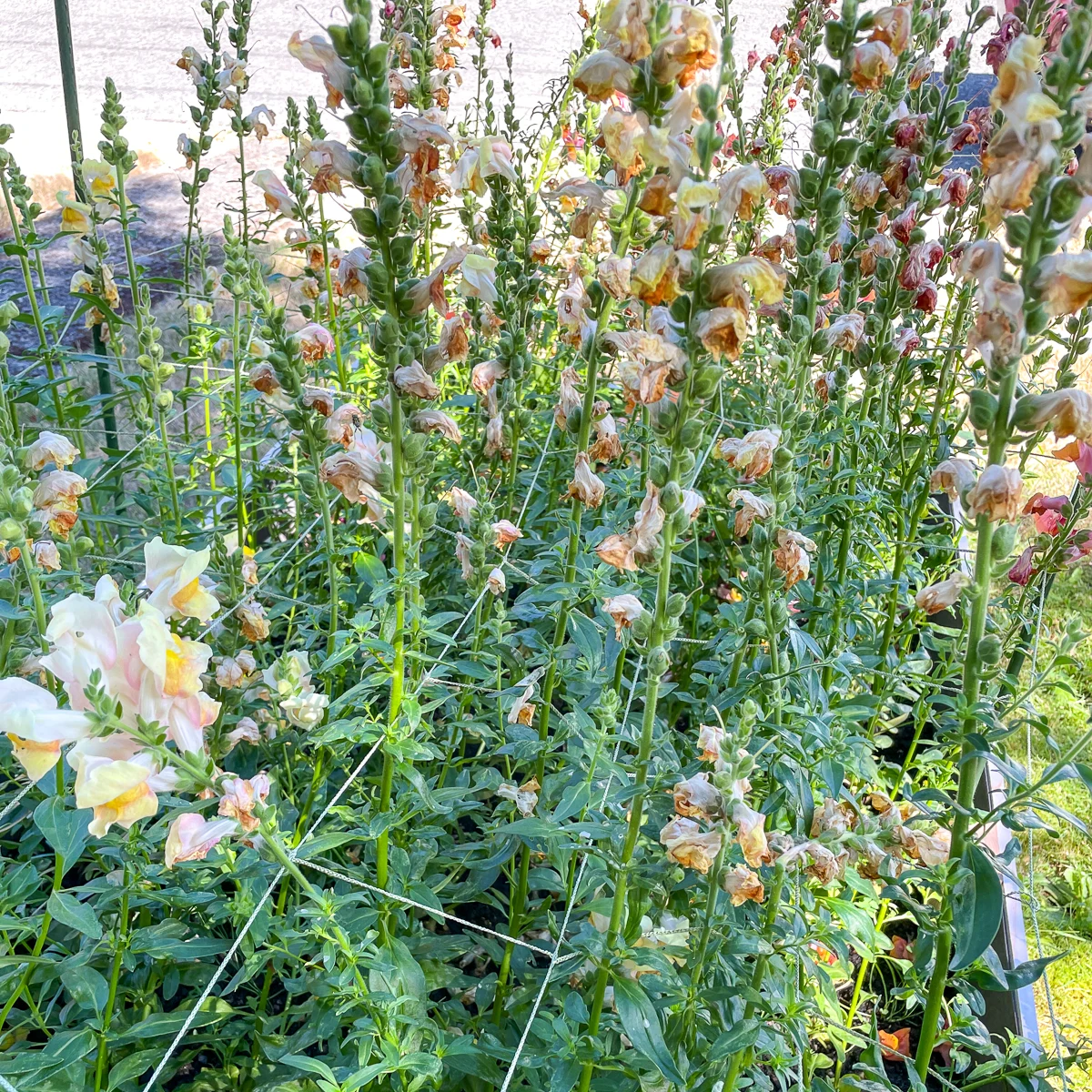
The blooms are brown and shriveled from top to bottom. When the spent flower drops off on its own, it leaves behind a round seed pod with a little stem sticking out of it. That stem is the easiest way to tell if a stalk is in bud stage or seed stage if all the flowers have fallen off.
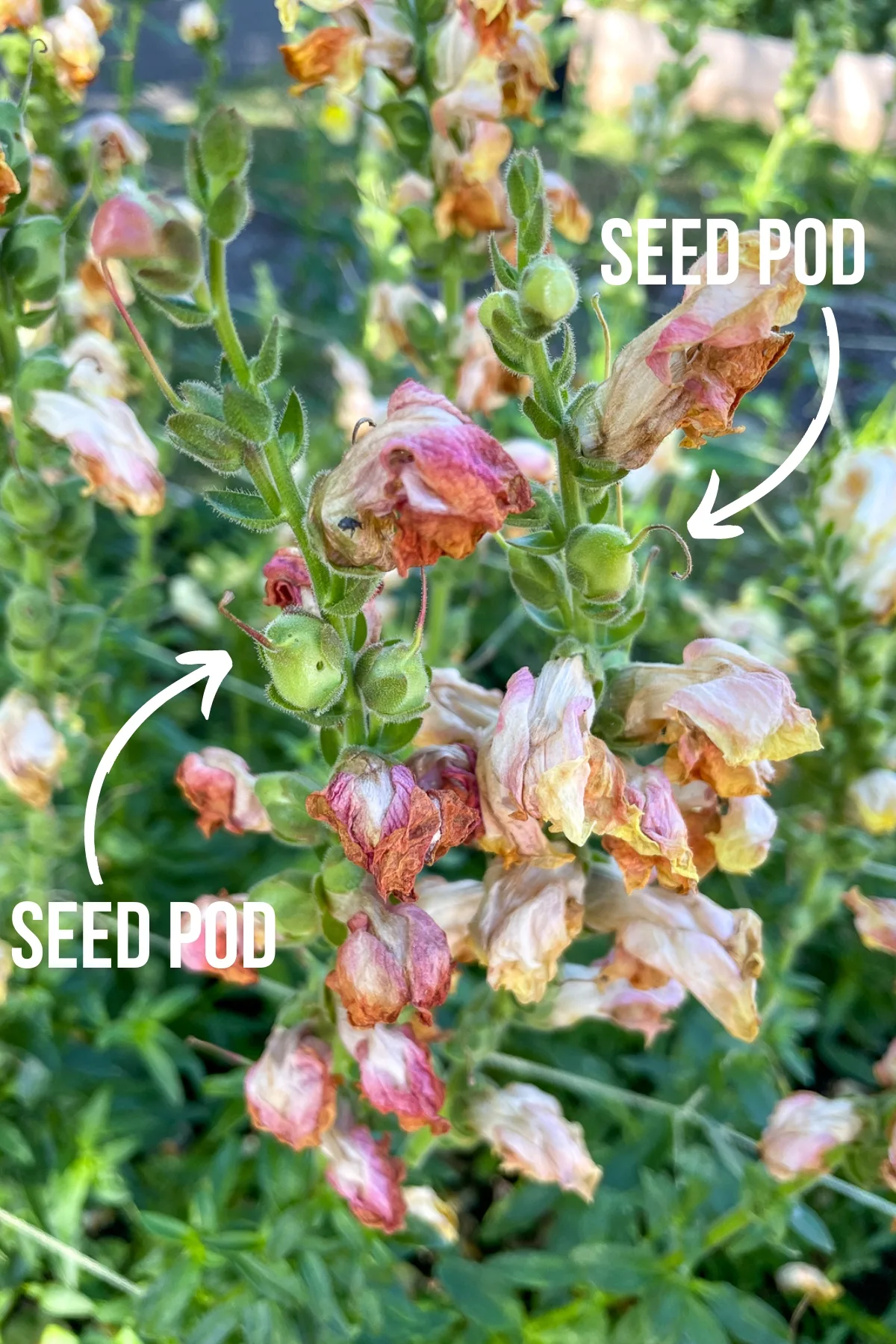
Time to clean up this flower bed and get some new stems growing!
How to Deadhead Snapdragons
Firstly, make sure you have clean, sharp pruning shears to avoid damaging the plant or introducing diseases. If the shears are not already clean, a simple wipe with rubbing alcohol can do the trick.
Look for faded or wilted blooms. These are the ones you want to remove so that the plant can direct its energy to producing new blooms.
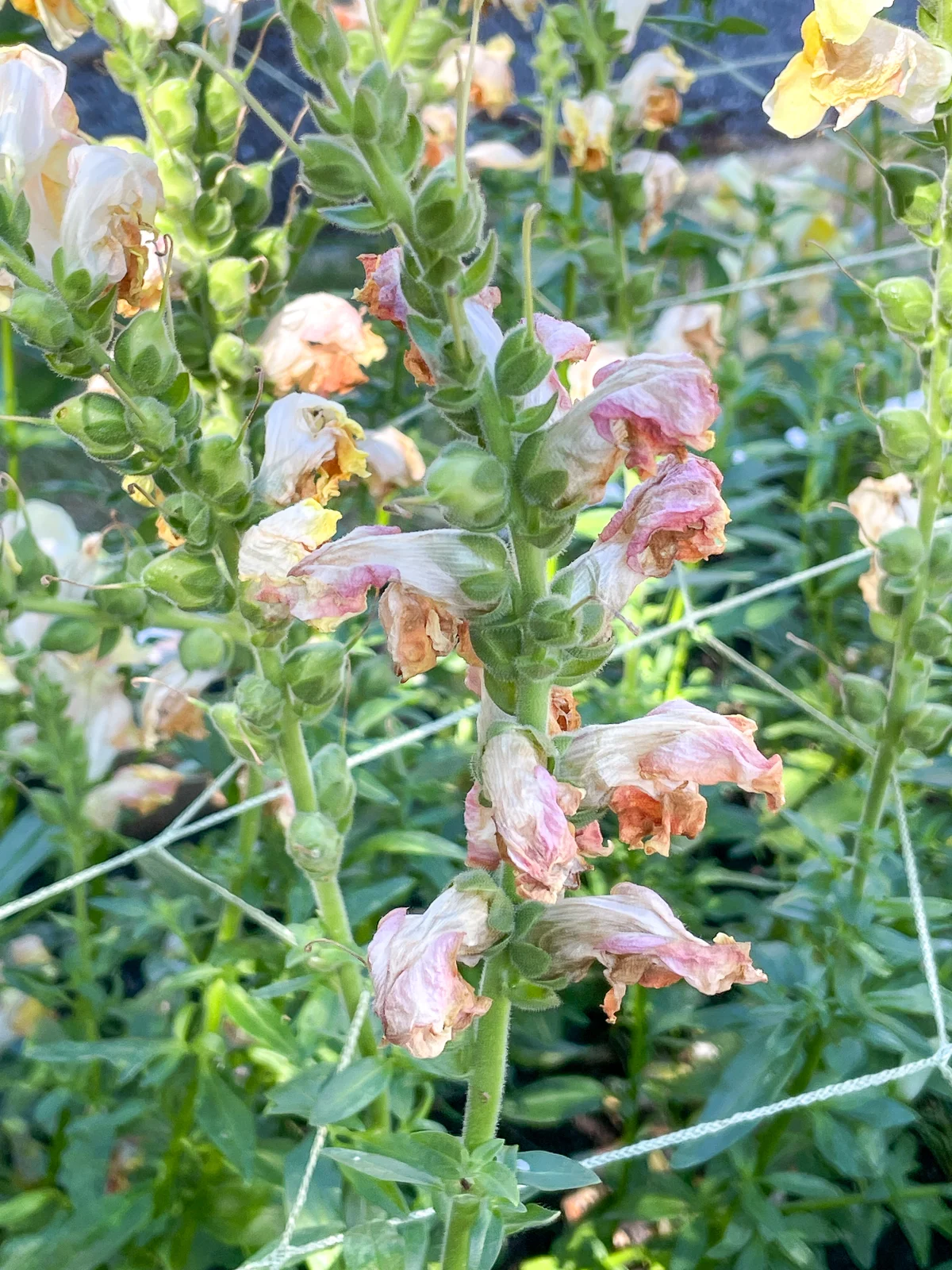
Cut deep on the stem, just above a set of leaves. On tall varieties, leave six inches or so of the original stem intact. You can cut shorter varieties closer to the ground, but keep at least two sets of leaves.
If you cut too high, the weight of the new stems at the top will cause the stem to flop over. I placed a trellis net over my snapdragons when they were at seedling stage to keep them upright. The stems grow through the grid and are held straight and tall even in strong wind!
Look for new branches. This set of leaves has already started to branch out, so I cut just above that leaf node. Now the plant can invest all its energy into turning those leaves into new stems and flowers!

You can see the new leaves forming on either side of this stem after the flower was deadheaded.
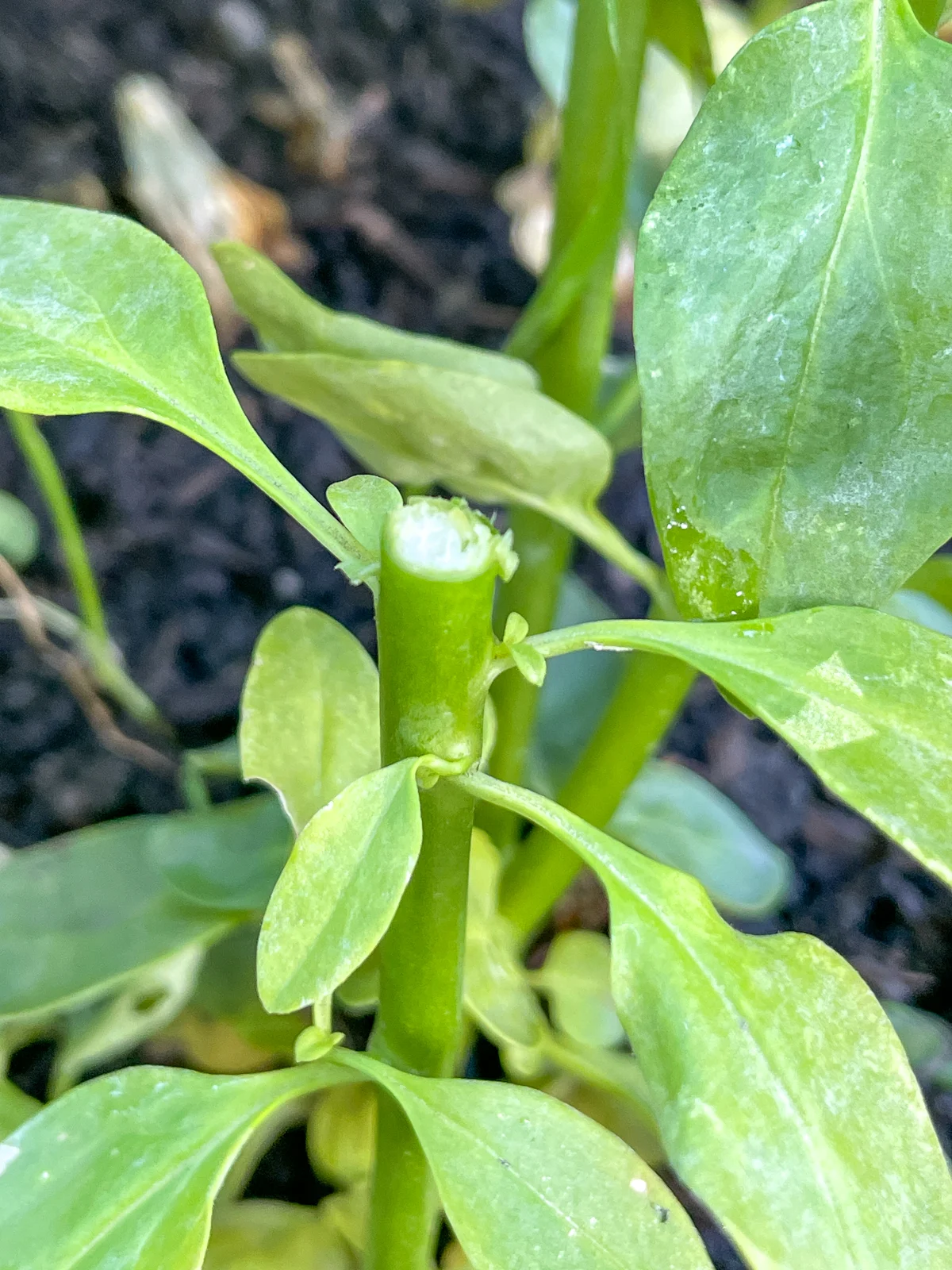
While you're at it, look for any damaged or yellowing leaves. If you find any, remove them by pinching them off at the stem. This will keep your snapdragons healthy and looking their best.
After Deadheading
If you cut back all your snapdragons at once, you'll probably notice a lull of a few weeks before new flowers emerge. A dose of water-soluble fertilizer will help speed up growth and get your plants blooming again sooner.
Look at how much these stems grew in just a week or two! You can see the cut stem in the middle, which has calloused over nicely.
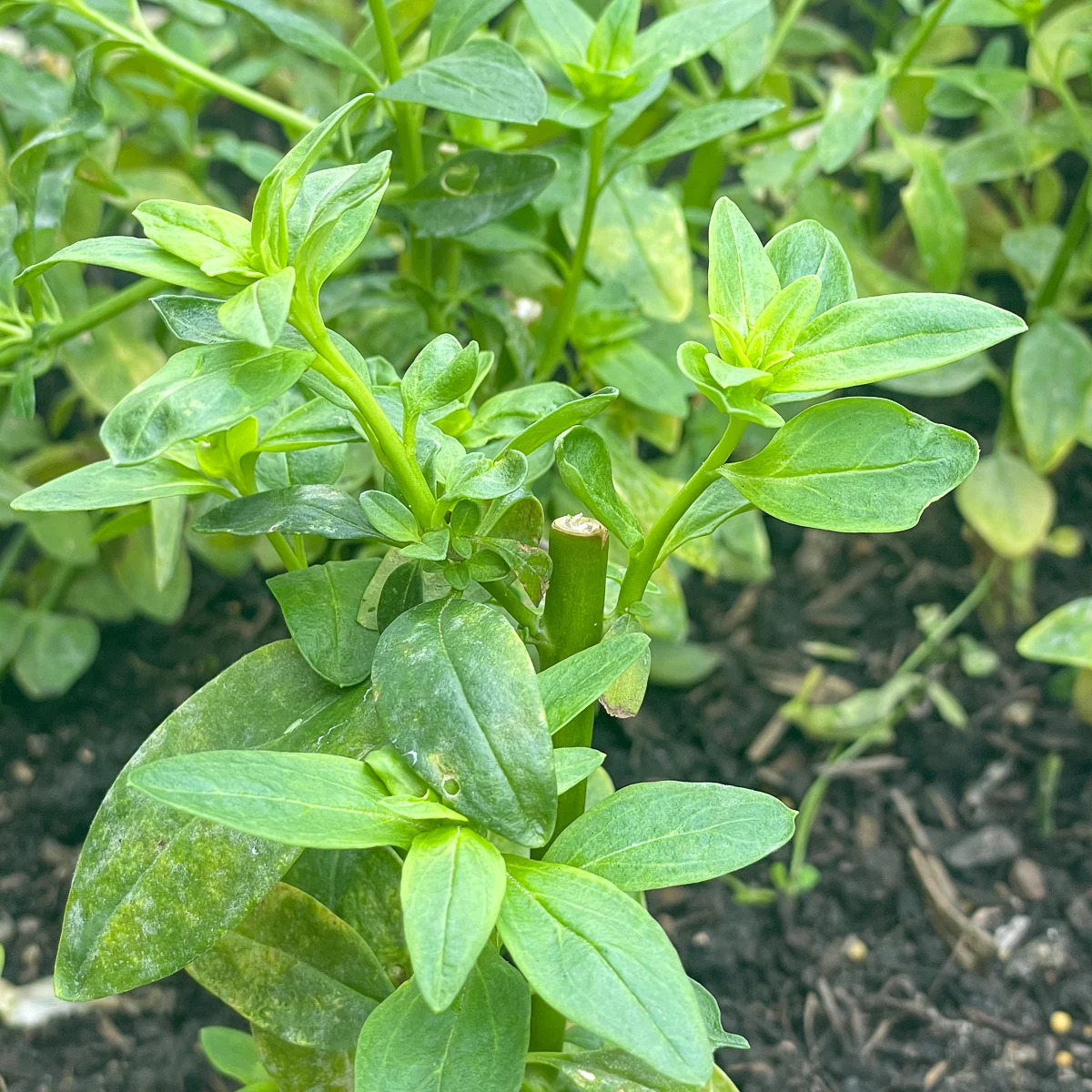
I cut back almost this entire bed at once, and it's flushing back with double the growth. Soon it will be full of blooms again!

Snapdragons prefer cooler weather, so if your area stays hot for most of the summer, you may not see new blooms until early fall. Here in the Pacific Northwest, we stay cool enough to enjoy snapdragons all summer long!

